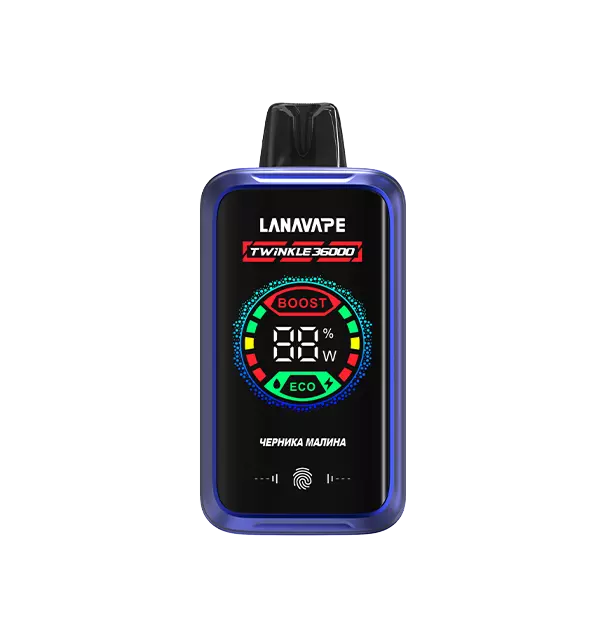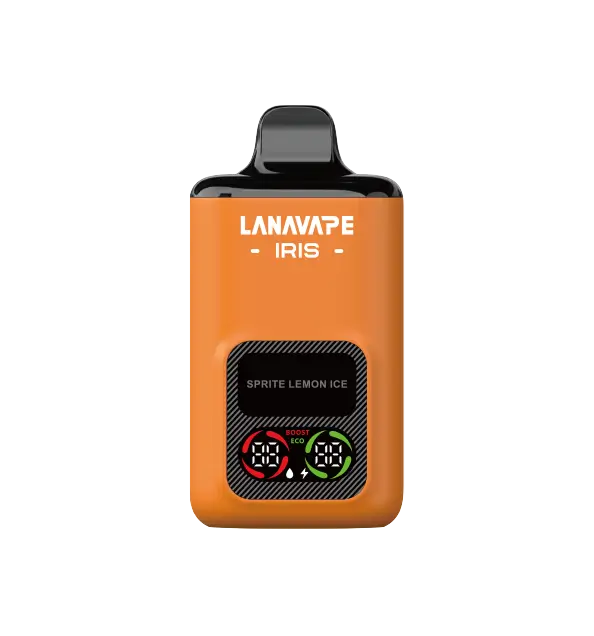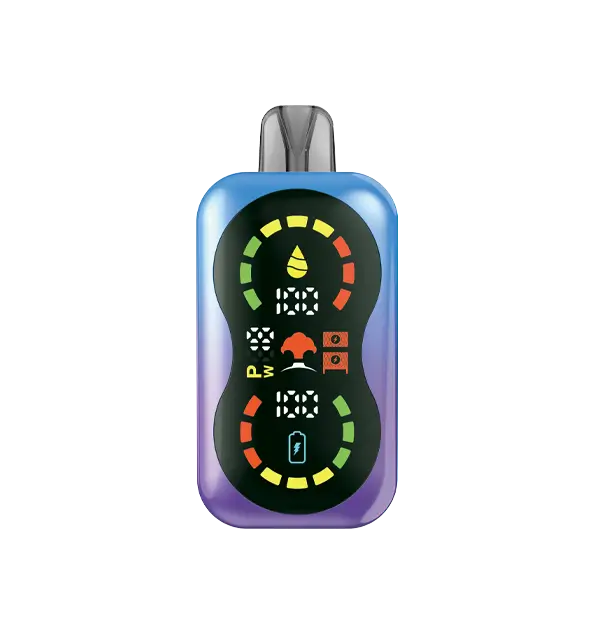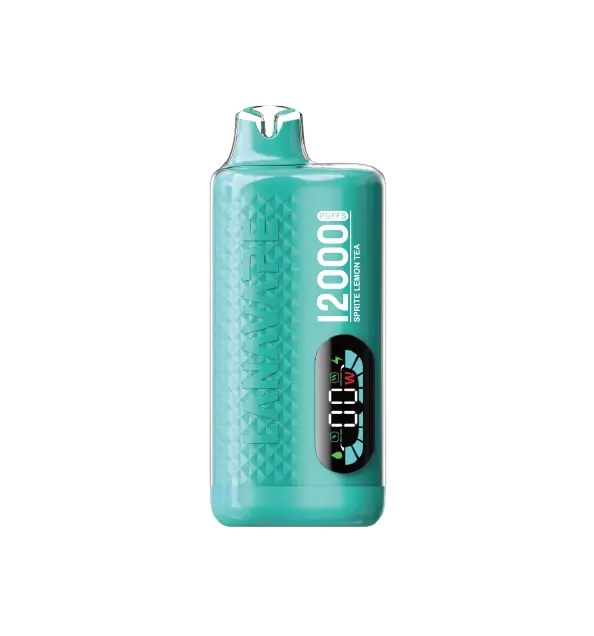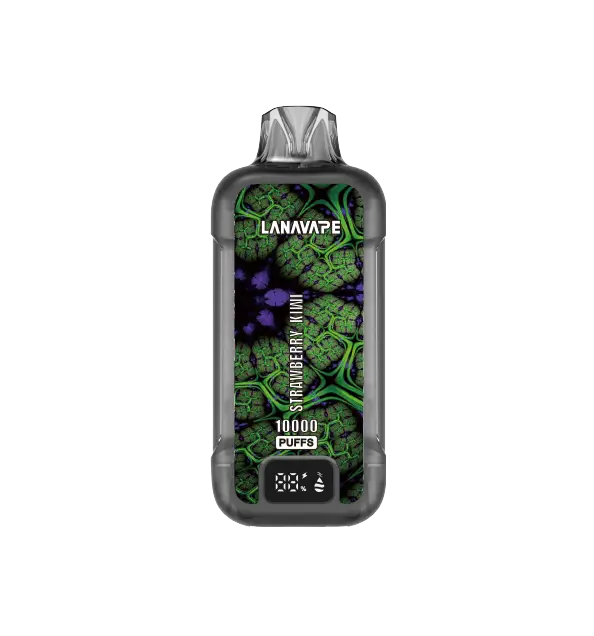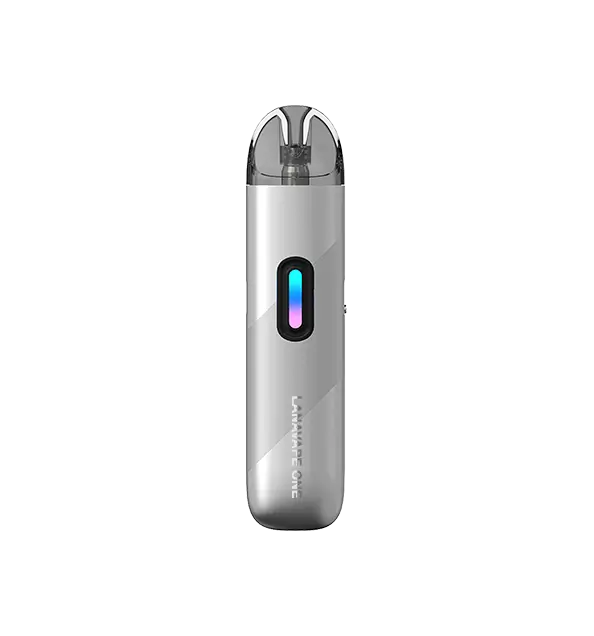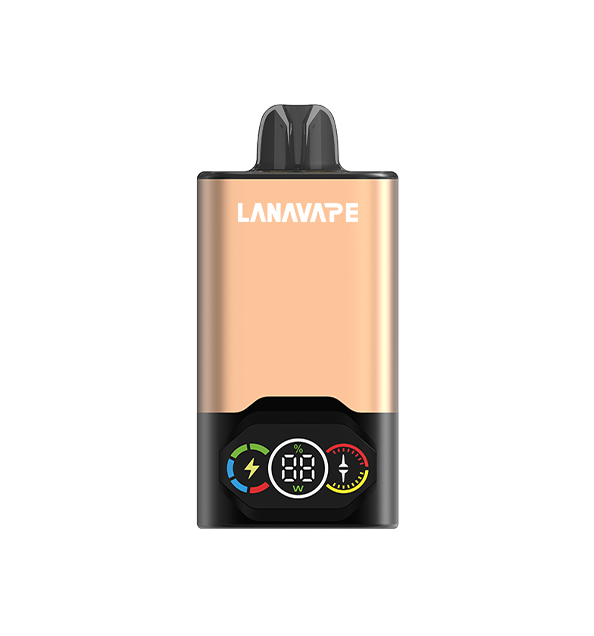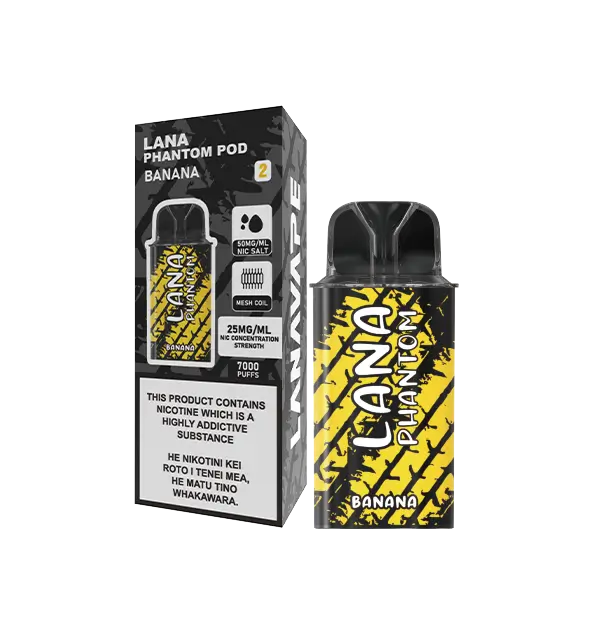
There has been a 50 per cent rise in 11 to 17-year-olds experimenting with vaping in the last year, despite age restrictions, a new study has revealed.
The data will be used to support calls for the Government to take measures to address children’s access to vapes.
But, what is the vaping age limit and what are the health impacts of vapes? Here is what we know.
In the UK, it is illegal to sell vapes and e-cigarettes to anyone under 18. Also, according to the Tobacco and Related Product Regulations 2016, vapes have to be child-resistant and have warnings on their packaging.
And, advertising is restricted to protect young people from the promotion of vaping products. This means that no advertising is allowed in print, broadcast, online and other electronic media. However, vapes are allowed to be displayed in retail outlets and there is no ban on giving out free vape products to people of any age.
A review commissioned by the Department of Health and Social Care, which was published in June 2022, recommended that the loophole allowing free vaping samples to be given out should be closed, vapes’ packaging images and descriptions should be restricted to not appeal to children, and a review on vape flavourings should be carried out.
These sorts of preventative measures have been taken in other countries. For instance, Canada has restricted particular flavours that appealed to children and New Zealand has limited the types of retailers that can sell flavoured vapes.
Is vaping legal across the globe?
Following the World Health Organization’s advice to ban or regulate vapes, around 40 nations have made the decision to make vapes completely illegal. For instance, vaping products are completely banned in Argentina, Brazil and Nepal.
In Australia, only those with a doctor’s prescription can use vapes with nicotine. Otherwise, they could be fined and even be sent to jail .
What are the health impacts of vaping?
The NHS notes that while vapes are found to be “less harmful than cigarettes”, the long-term risks of vaping remain unclear.
Similarly, not enough studies have been done on the impact of vaping around other people.
Why is vaping bad for the environment?
Vaping has a substantial impact on the environment. A Material Focus study showed that 1.3 million vapes are thrown away every week, which adds up to 10 tonnes of lithium per year. That is equivalent to the batteries of 1,200 electric vehicles.
Disposable vapes contaminate waterways and soil, putting animals’ lives and plants at risk. Some vaping scents attract foxes and other animals, leading to them chewing on discarded vapes.
Plus, the lithium-ion batteries are a fire hazard when they are not recycled properly as they can ignite when crushed in a refuse vehicle or at a waste-processing plant.

